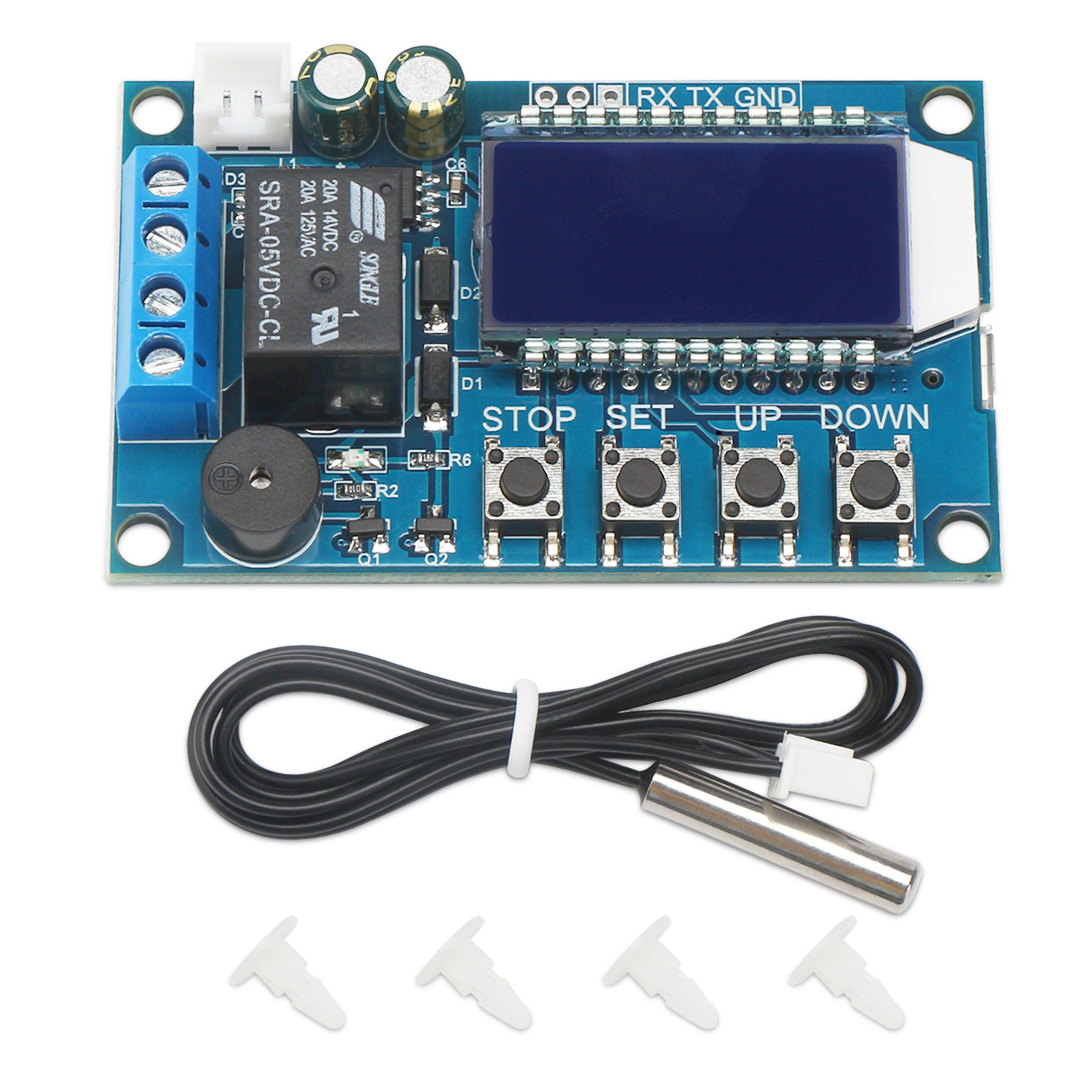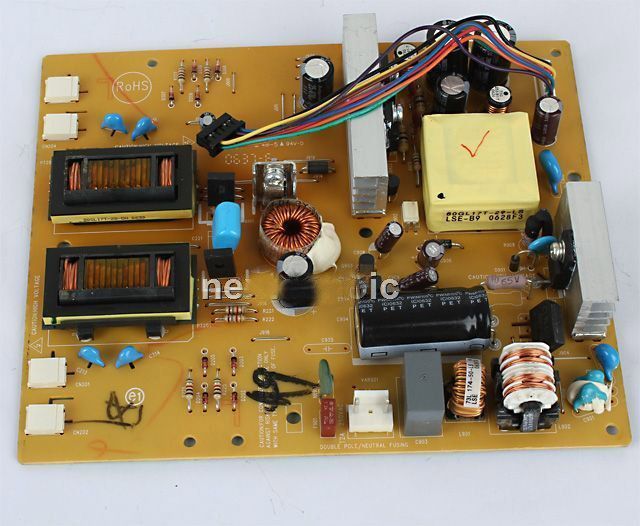
TDS Calibration: manual, 1 point (trimmer) PH Calibration: Manual, 2 points (trimmer) Also, calibrate after cleaning or a long period of storage.
#Power supply temp monitor pro#
The pH sensing bulbs become less sensitive over time so make sure that you are calibrating reguarly to keep your PRO pH controller accurate. We recommend regularly soaking your electrode in cleaning solution. This is especially true if the sample has a lot of organic material. Residue from the sample can impact the sensitivity of the sensing bulb and clog the junction. It is also recommended that to store the electrode upright to further reduce the potential for leakage. The best way to store the probe is with the probe's cap filled with storage solution or calibiration buffer and the cap tightened to prevent leakage. This will damage the sensitivity of the probe. Storing in pH probe storage solution or pH calibration buffers will help address both these issues. Allowing the probe to dry out may also result in the junction hole getting clogged. Long periods of dry storage will damage the sensitivity of the probe. You can extend the life of your pH electrode in the following ways. If the junction hole gets clogged, the pH probe will no longer function. The reading is generated based on the electrical difference between the sample and reference. The reference junction is a small hole that allows the meter to compare the sample to a reference. The glass bulb loses sensitivity with use and will eventually fail. The two parts of the pH probe that cause problems are the glass sensing bulb and the reference junction. PH meters usually start performing poorly because of problems with the probe. 6.5 feet probe cables for extra flexibility when testing.Gel-filled, double junction MA911B/2 (included) lab grade pH electrode for low maintenance and high performance.
#Power supply temp monitor manual#
Simple two-point pH calibration and one point TDS, for increased accuracy with manual trimmers for easy adjustment.External Switch atop the unit converts EC conductivity to TDS (ppm) using 0.5 or 0.7 conversion factor.Fast easy to read current results with 3 large digital BACKLIT LCD readouts.Just calibrate the parameters and begin to monitor 24/7!
#Power supply temp monitor full#
The Milwaukee MAX Monitor offers an accuracy to ± 0.2 pH with two point manual calibration, TDS accuracy of ☒% Full Scale and ☐.5 ☏ (0.3C) temperature accuracy. The Milwaukee MAX pH/TDS/Temp Monitor offers: Accuracy Common uses are nutrient tanks, Hydroponics and aquariums. The Milwaukee MC810 MAX pH/TDS/Temp Monitor is preferred by people looking to know 24/7 what their pH and nutrient levels are on an ongoing basis. Just calibrate the parameters and let the Milwaukee MAX Monitor do the rest. The MC810 MAX Monitor automatically monitors and displays pH/TDS/Temp levels. I recommend this to any serious grower." Summary "Using this now, far less expensive than what my friends paid. I can monitor 24/7, point a camera on it and connect to my phone." "I run this unit 24/7 and have not had any problems for the past two months. Why Guard when you can Monitor! The Milwaukee MC810 MAX pH/TDS/Temp Monitor lets you monitor your pH/TDS/Temp levels 24/7 automatically. The TMP121 and TMP123 are ideal for extended thermal measurement in a variety of communication, computer, consumer, environmental, industrial, and instrumentation applications.Descrição ACCURATE. Low supply current and a supply range from 2.7 V to 5.5 V make the TMP121 and TMP123 excellent candidates for low-power applications. Requiring no external components, the TMP121 and TMP123 are capable of measuring temperatures within 2☌ of accuracy over a temperature range of -40☌ to 125☌.

The TMP121 and TMP123 are SPI-compatible temperature sensors available in the tiny SOT23-6 package.

Such qualification testing should not be viewed as justifying use of this component beyond specified This includes, but is not limited to, Highly Accelerated Stress Test (HAST) or biased 85/85, temperature cycle, autoclave or unbiased HAST, electromigration, bond intermetallic life, and mold compound life. (1)Component qualification in accordance with JEDEC and industry standards to ensure reliable operation over an extended temperature range.



 0 kommentar(er)
0 kommentar(er)
